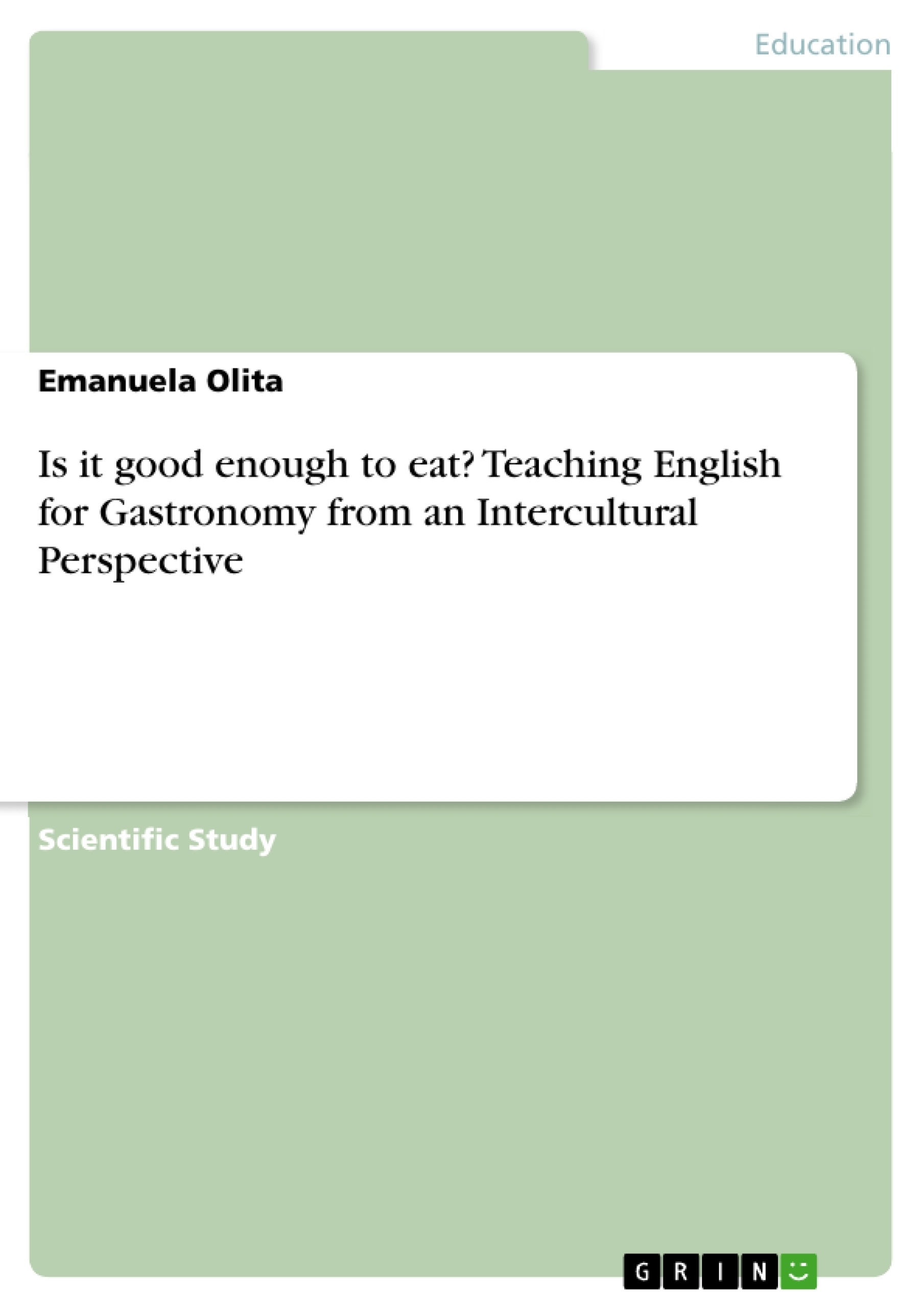The paper focuses on the presentation of civilization themes and specialized topics related to the culinary field in a class of the high school for hospitality and catering of Bardolino. The lesson sequence proposed has been presented from an intercultural perspective and is based on a communicative and action-oriented approach according to the Common European Framework of Reference for Languages and the "Indicazioni nazionali per il curriculo".
Particular emphasis has been laid on the active dimension of learning, which aims at increasing students' awareness of their own cognitive processes, and on the social context, which interacts in a dynamic process with the cognitive and affective spheres of the learner. The creation of a productive learning environment and the enhancement of social skills have been fostered through the adoption of cooperative learning on the pattern of Kagan’s method and through the great value attached to experiential, inductive and contextual learning.
Inhaltsverzeichnis (Table of Contents)
- Presentation of the school
- Context of the learning unit
- Class profile
- Teaching approach
- Didactic methods, techniques and strategies
- Definition of the learning objectives
- Learning materials and resources
- Structure of the learning unit
- Evaluation
- Riflessioni finali sull'esperienza di tirocinio
Zielsetzung und Themenschwerpunkte (Objectives and Key Themes)
This paper presents a learning unit designed to teach English for Gastronomy from an intercultural perspective. It aims to illustrate the application of various teaching methods and strategies in a real classroom setting, specifically focusing on the challenges and opportunities presented by a diverse group of students. The unit utilizes interactive, engaging activities to enhance students' English language skills while fostering intercultural understanding and promoting positive learning experiences for all students.
- Teaching English for Gastronomy
- Intercultural communication and perspectives
- Diverse learner needs and classroom dynamics
- Innovative teaching methods and strategies
- Assessment and evaluation of learning outcomes
Zusammenfassung der Kapitel (Chapter Summaries)
- Presentation of the school: This chapter provides a detailed description of the I.P.S.A.R. - Istituto Professionale per i Servizi Alberghieri e della Ristorazione - "Luigi Carnacina" school, highlighting its facilities, student demographics, and the aim of training students for the tourism industry. It also introduces various school projects, including those focused on promoting student mobility and inclusion.
- Context of the learning unit: This chapter focuses on the specific classroom environment and the diverse needs of the students in the target class. It explores the challenges and opportunities presented by the students' varied English language proficiency levels, their motivations for learning English, and the presence of students with special needs. It outlines the importance of adopting inclusive teaching practices to cater to all students' learning styles.
Schlüsselwörter (Keywords)
This work focuses on the key concepts of English language teaching, gastronomy, intercultural communication, inclusive pedagogy, and the application of innovative teaching methods and strategies in a real classroom setting. The text highlights the importance of catering to diverse student needs, fostering positive learning experiences, and promoting cultural understanding through language learning.
- Citation du texte
- Emanuela Olita (Auteur), 2015, Is it good enough to eat? Teaching English for Gastronomy from an Intercultural Perspective, Munich, GRIN Verlag, https://www.grin.com/document/304181



